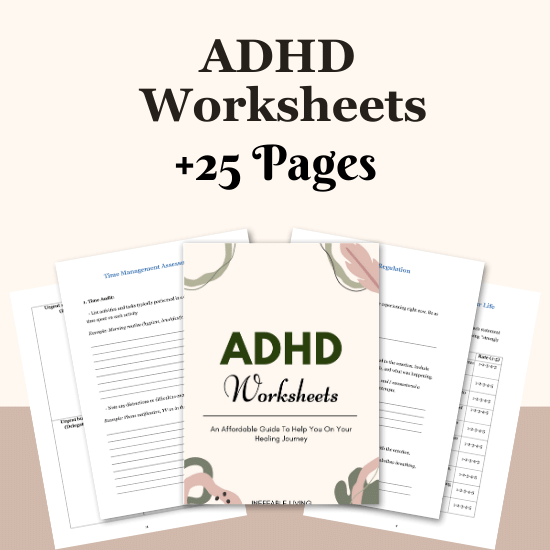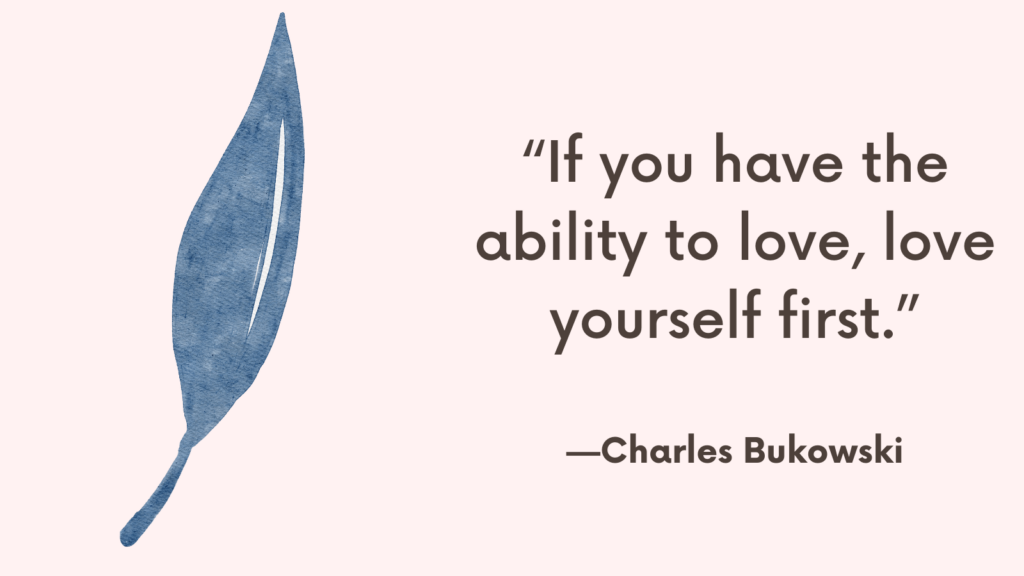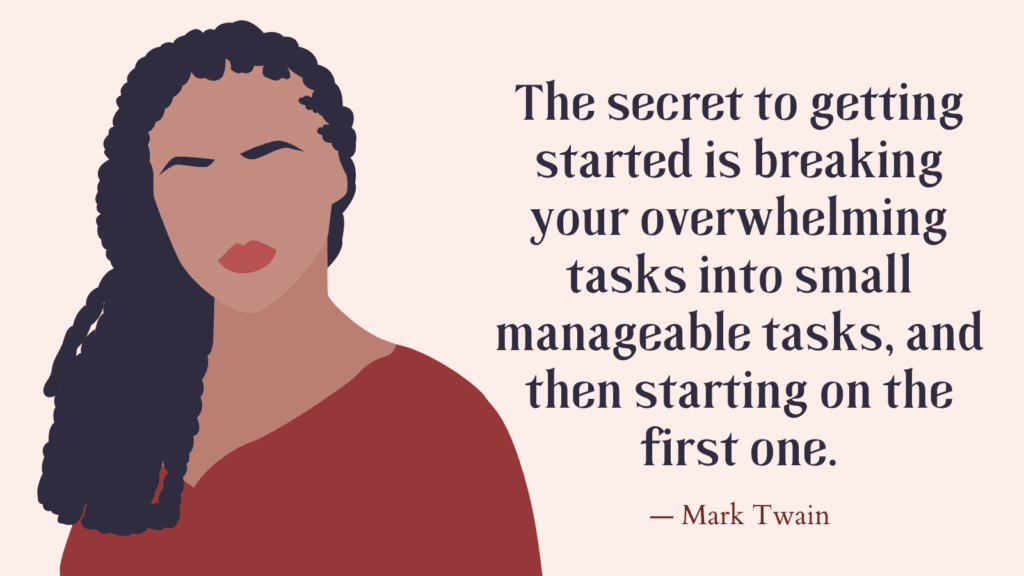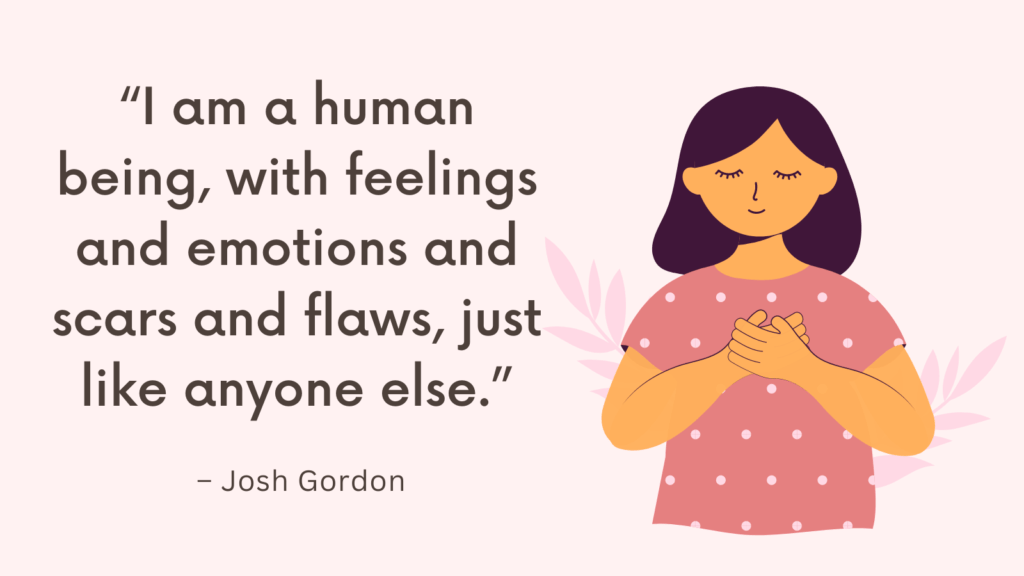Attention Deficit Hyperactivity Disorder (ADHD) is a neurodevelopmental disorder traditionally associated with childhood, but its symptoms often persist into adulthood, presenting unique challenges.
While the core symptoms of ADHD—hyperactivity, impulsivity, and inattention—are the same, their manifestation can differ significantly between children and adults.
Understanding these differences is crucial for effective management and support.
How ADHD Looks Different In Adults
ADHD typically begins in childhood, even if it is not diagnosed until later in life.
The criteria for an ADHD diagnosis include the presence of symptoms in childhood, though many children with ADHD go undiagnosed due to various factors, such as parental reluctance to seek medical help or lack of access to mental health services.
As these children grow, the symptoms of ADHD can evolve and present differently in adulthood, often becoming more internalized and affecting various aspects of daily life.
1. Hyperactivity: From External to Internal Restlessness
In children, hyperactivity is often evident through behaviors like fidgeting, running around inappropriately, and an inability to sit still.
These behaviors are easily observable and can disrupt classroom settings or social activities.
However, in adults, hyperactivity often becomes more internalized.
Adults with ADHD may experience an internal sense of restlessness, constantly feeling the need to move or fidget.
This can manifest as excessive talking, difficulty staying seated for long periods, or a tendency towards fast, reckless driving.
The shift from external to internal hyperactivity can make ADHD less visible but no less challenging.
Related: How To Get Out Of ADHD Paralysis?
2. Impulsivity: Immediate Gratification and Risky Decisions
Impulsivity in children often presents as blurting out answers in class or interrupting others. They may struggle with waiting their turn and often act without considering the consequences. In adults, impulsivity can take on more significant and sometimes more damaging forms. Adults might interrupt conversations, display impatience, or make hasty decisions that can have serious consequences, such as quitting a job without a backup plan or ending relationships abruptly. This need for immediate gratification can lead to long-term difficulties in personal and professional life.
3. Inattention: From Distraction to Disorganization
Both children and adults with ADHD experience inattention, but the manifestation can differ.
In children, inattention often looks like daydreaming, difficulty following instructions, and trouble completing homework.
Adults, on the other hand, might struggle with memory issues, poor attention to detail, and significant disorganization.
This can affect their ability to manage daily tasks, meet deadlines, and maintain productivity at work.
Additionally, adults with ADHD may find it challenging to plan and prioritize, leading to a chaotic lifestyle.
Related: ADHD Burnout Cycle: top 9 Strategies to Prevent It
4. Executive Dysfunction and Emotional Dysregulation in Adults
While not part of the core diagnostic criteria for ADHD, executive dysfunction and emotional dysregulation are common in adults with the disorder.
Executive dysfunction involves difficulties with organization, planning, time management, and working memory—functions critical for daily functioning.
Adults with ADHD often struggle to manage their time effectively, keep track of tasks, and maintain an organized environment, impacting their work and personal lives.
Emotional dysregulation, a relatively newer concept in ADHD, refers to difficulties in managing strong emotions.
Adults with ADHD may experience low frustration tolerance, temper outbursts, and sudden mood shifts.
These emotional challenges can exacerbate interpersonal conflicts and contribute to a cycle of stress and emotional upheaval.
Related: How To Manage Time With ADHD? Best 17 Time Management Tips For ADHD Adults
Managing ADHD in Adulthood
Managing ADHD in adulthood requires a comprehensive approach that addresses both the cognitive and emotional aspects of the disorder. Here are some strategies that can help:
1. Seek Professional Help
If you suspect you have ADHD, consulting a psychiatrist or therapist is an important first step.
A thorough evaluation can confirm the diagnosis and help develop a tailored treatment plan.
While stimulant medications can be effective in managing some symptoms of ADHD by increasing dopamine levels in the brain, they may not fully address emotional dysregulation.
Combining medication with therapy can offer more holistic support.
2. Mindfulness and Relaxation Techniques
Incorporating mindfulness practices into daily life can significantly benefit adults with ADHD.
Mindfulness exercises, such as meditation and deep-breathing techniques, help improve focus, reduce stress, and enhance emotional regulation.
Regular practice can create a sense of calm and increase awareness of one’s thoughts and behaviors.
3. Regular Physical Activity
Exercise is a natural and effective way to manage ADHD symptoms.
Physical activity increases dopamine levels in the brain, improving attention and reducing hyperactivity.
Establishing a regular exercise routine can help manage restlessness and improve overall well-being.
Related: How To Manage Time With ADHD? Best 17 Time Management Tips For ADHD Adults
4. Healthy Lifestyle Choices
Maintaining a balanced diet, getting adequate sleep, and avoiding substances that can exacerbate ADHD symptoms, such as caffeine and alcohol, are crucial for managing the disorder.
A healthy lifestyle supports cognitive function and emotional stability.
5. Organizational Tools and Strategies
Using organizational tools, such as planners, calendars, and to-do lists, can help manage time and tasks more effectively.
Breaking tasks into smaller, manageable steps and setting reminders can improve productivity and reduce feelings of overwhelm.
6. Building a Support Network
Having a strong support network is essential for managing ADHD.
Friends, family members, and support groups can provide emotional support, practical assistance, and understanding.
Sharing experiences with others who face similar challenges can reduce feelings of isolation and offer valuable insights.
Related: How to Deal With Rejection Sensitive Dysphoria?

Conclusion
ADHD in adulthood presents unique challenges that differ from those experienced in childhood.
Understanding these differences and implementing effective management strategies can help adults with ADHD lead more organized, fulfilling lives.
By seeking professional help, incorporating therapeutic techniques, practicing mindfulness, maintaining a healthy lifestyle, and building a supportive network, individuals can break free from the cycle of negative patterns and achieve their full potential.



